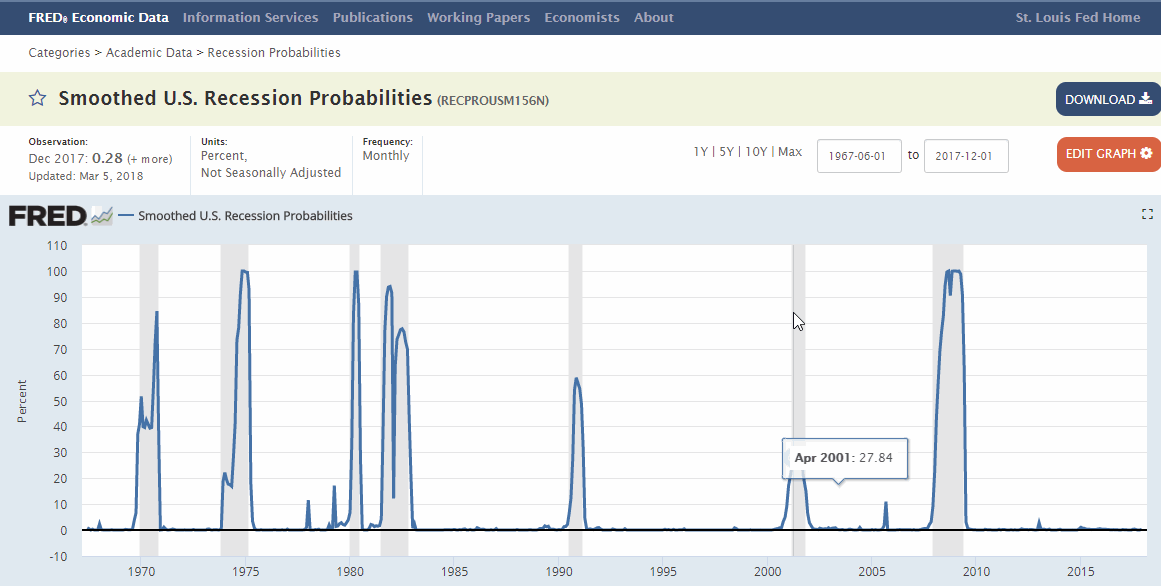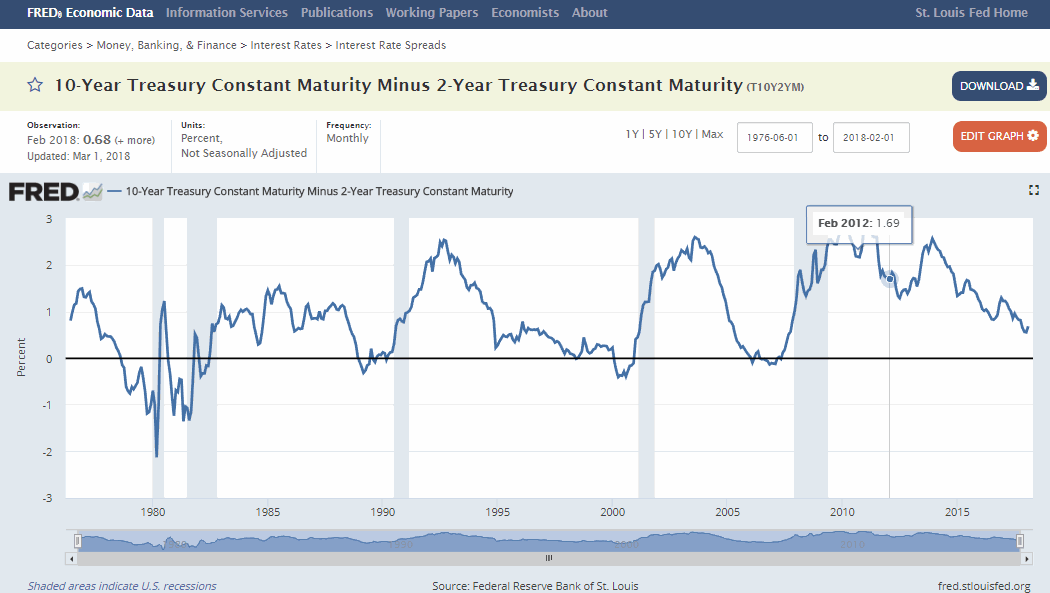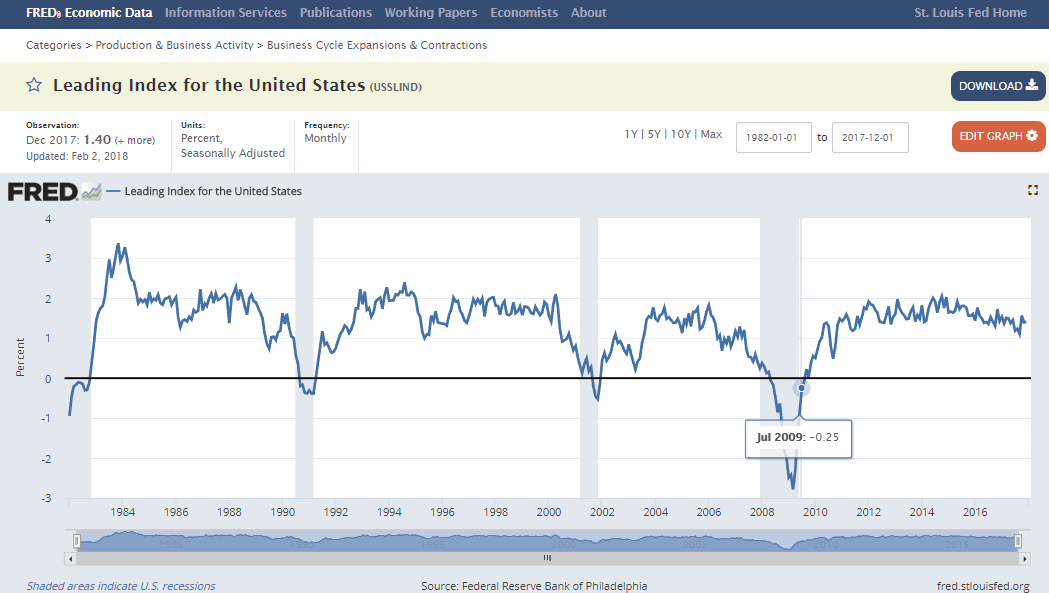Economic Indicators
There are many economic indicators available – more than the average investor has time to study or follow. But you ignore the economy at your peril.
Rather than ignore the economy or spend all your time trying to track or forecast it, pick a few meaningful indicators and follow them.
I track the following indicators and areas of interest:
Employment
One Friday each month, the Bureau of Labor Statistics (BLS) publishes the Employment Situation report. This report probably has more immediate market impact than any other economic indicator. Using survey data, it details the increase or decrease in non-farm employment in the U.S.
There is also an employment report available using the payroll data of ADP – a company that handles the payroll for about 1 in every 6 people employed in the U.S. It correlates well with the BLS report and is based on actual data not survey data. Most interesting of all, the ADP National Employment report is published 2 days prior to the BLS report.
To make life simpler, the data for both is available at the St Louis Fed site. Once there, you can select from a variety of categories and view the data in chart form over-layed against recessions.
Further insight into the current U.S. employment situation from the U.S. Department of Labor is available in the Weekly Claims for Unemployment Insurance Report. As the name suggests, it is published weekly.
U.S. Recession Probabilities
The data and charts using the employment data are interesting - particularly when seen relative to recessions (ugly market climate).
In 1998, Marcelle Chauvet published a paper describing a model created from employment, industrial production, personal income and manufacturing sales. This is the basis for the smoothed recession probabilities chart at the St Louis Fed:
Notice the false positives - a spike in probability without a subsequent recession. That is why using just one data point for timing doesn't work.
Additional information about the model, a link to the original paper describing the model, and a subsequent analysis of the model by Chauvet and Jeremy Piger are available with the chart.
Yield Curve
Considered the most accurate of all indicators for forecasting the direction of the economy, the yield curve is the relationship formed by the yield for each of the U.S. Treasury Bond maturities.
The bond with the shortest maturity normally has the lowest yield. For example, the yield for 3 month Treasury Bonds is lower than the yield for the next longer term bond, which is lower than the yield for the next longer bond, and so on. The normal yield spread between the shortest and longest maturity is about 2.5 percent
On occasion, things are not normal and the yields for shorter-term bonds are higher than the yields for higher term bonds resulting in a negative spread. This is referred to as an inverted yield curve.
Why an inverted yield curve is important
As shown on the graph at the St Louis Fed, the last five U.S. recessions have been preceded by an inverted yield curve.
Once the yield spread goes negative, a recession has followed within 12 to 18 months. Notice that the spread does not necessarily remain negative until the recession occurs - it is an early warning of a possible recession.
The current thinking is that both the magnitude and duration of the yield are important.
StockCharts.com provides a dynamic yield curve so you can see the yield curve as it changes over time.
Index of Leading Economic Indicators
Lets suppose you are not an economist by profession and don’t like poring over mountains of data to derive an economic forecast. There is an alternative.
The experts at The Conference Board (a private research firm in New York City) analyze 10 leading economic indicators to create an index. Published monthly 3 weeks after the end of the month, the index attempts to forecast what might happen in the economy 6 to 9 months in the future. It tends to be better at predicting a recovery than a recession.
You can view the data and analysis used to create the Index. In addition to educational information on how to interpret the index, you can learn how the index is calculated.
The Federal Reserve Bank of Philadelphia also maintains an index of leading economic indicators which is published. Like most economic indicators, there is a lag in publication of the information.
Summary
Don't forget the economy.
There is more than enough data at the St Louis Fed site to allow you to understand the current economic status.
HOME | Site Policies | Contact Us | About Me | About Site | Site Map
Popular Pages
CANSLIM Strategy
Folio Investing
Economic Indicators
Portfolio123
Ranking Systems
New
We value your suggestions, comments, and questions.
Our goal is to make this site as useful as possible.
Contact Us
Thanks!
Stock screening tools and consistent, sustainable investing processes.
About Me
Why build a website instead of a blog?
About this site
March 2018


